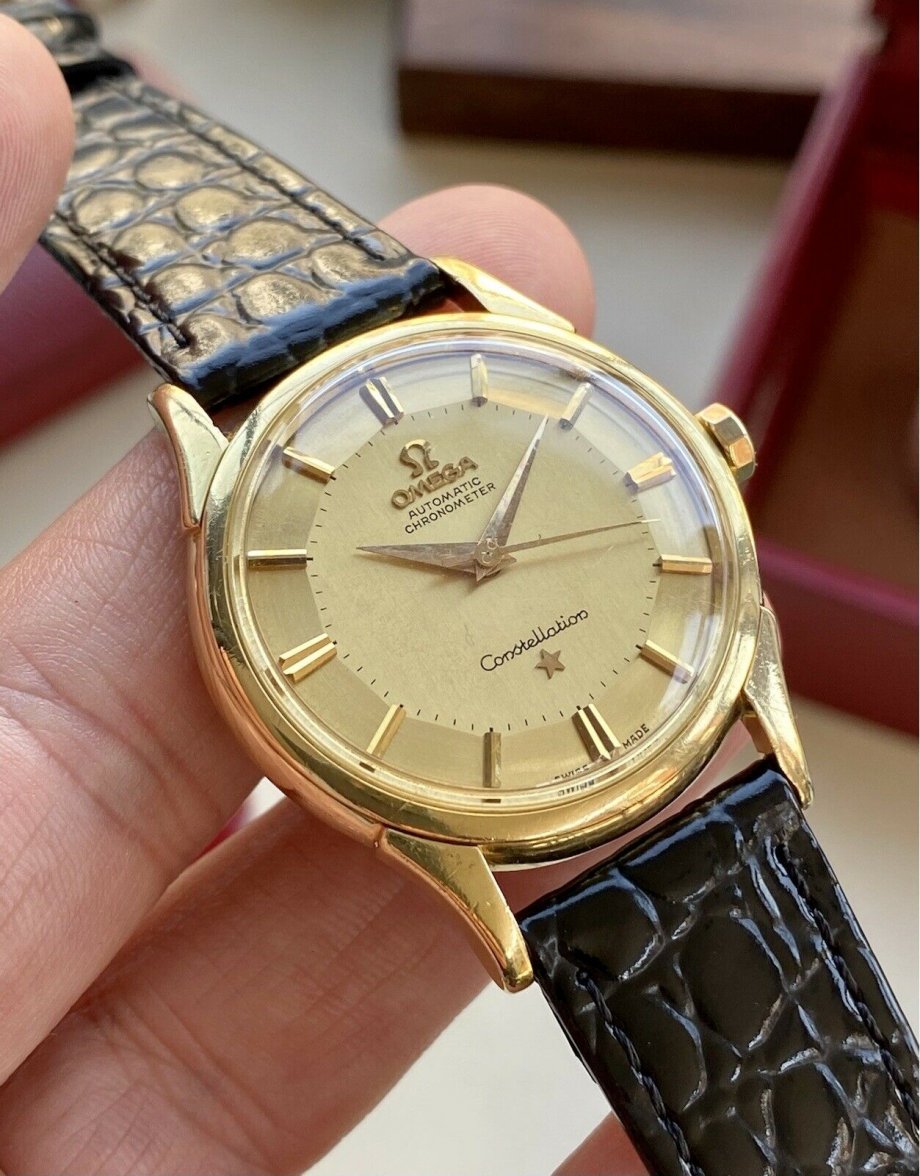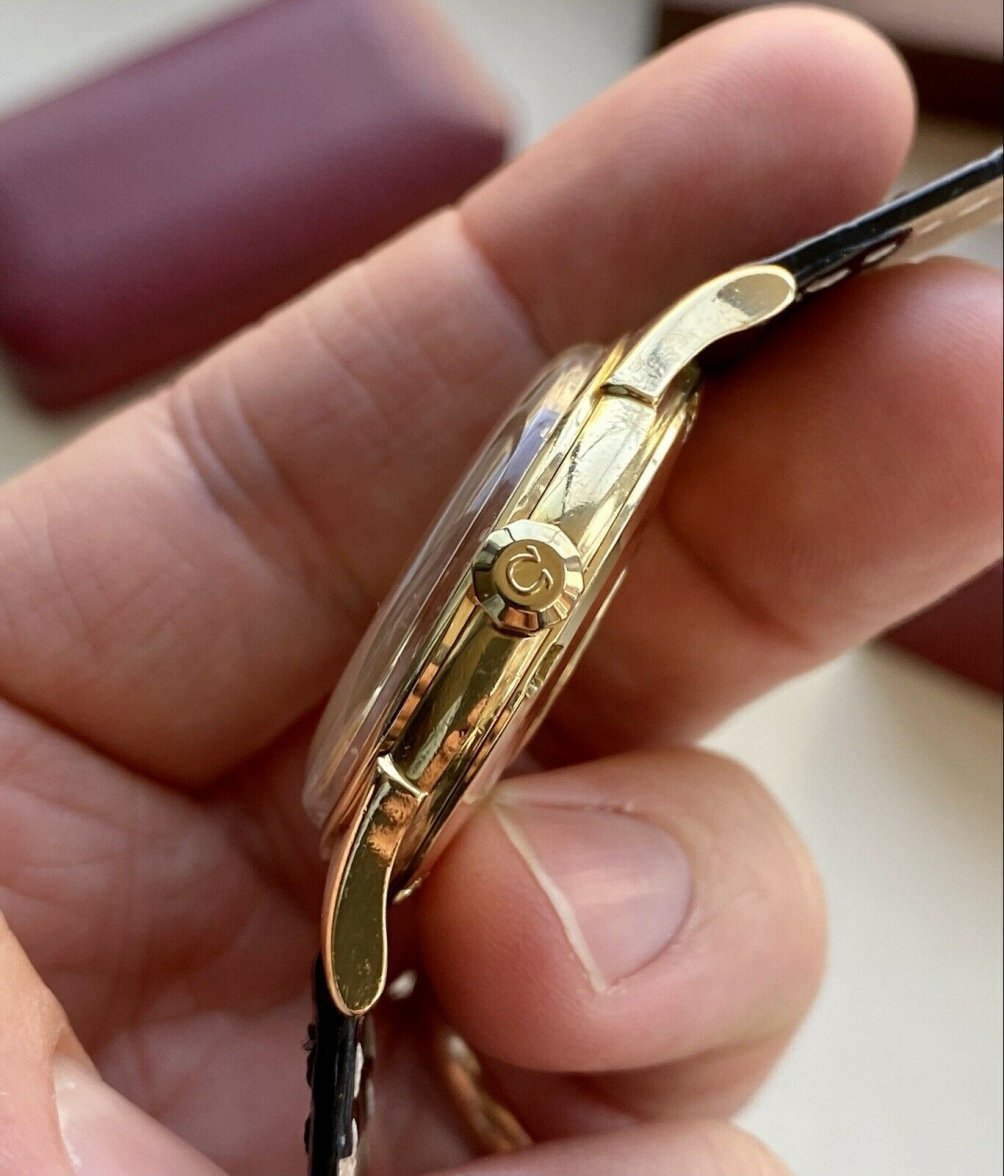johnireland
·Just read a good Wikipedia overview on the history of Omega...but can anyone recommend any good biographies of the company? In the process I would like to focus as much as possible on the Seamaster and the Constellations of the 50s, 60s, and 70s. From what Wikipedia says, Omega always outsold Rolex until sometime in the 70s when the Japanese quartz movement destroyed a large portion of the Swiss mechanical watch industry.
Were there marketing decisions or manufacturing decisions that hurt Omega during that period? They certainly have regained much of their prestige in the last 15 years.
Anyway I'm interested in learning more about the company history, and opinions on why Rolex seemed to prosper when Omega appears to have been struggling. I've aways considered them equals...each with their own design and engineering focus and philosophies. The Omega movements are far more attractive in my opinion, while the Rolex cases seem more substantive and rugged.
Lastly...my 34mm Constellation is really getting me to appreciate the Omega 34mm cases. Not a mm bigger than it needs to be. It lies flat and close to the wrist...a real pleasure to wear. Looking forward to all and anything you can share.


Were there marketing decisions or manufacturing decisions that hurt Omega during that period? They certainly have regained much of their prestige in the last 15 years.
Anyway I'm interested in learning more about the company history, and opinions on why Rolex seemed to prosper when Omega appears to have been struggling. I've aways considered them equals...each with their own design and engineering focus and philosophies. The Omega movements are far more attractive in my opinion, while the Rolex cases seem more substantive and rugged.
Lastly...my 34mm Constellation is really getting me to appreciate the Omega 34mm cases. Not a mm bigger than it needs to be. It lies flat and close to the wrist...a real pleasure to wear. Looking forward to all and anything you can share.

